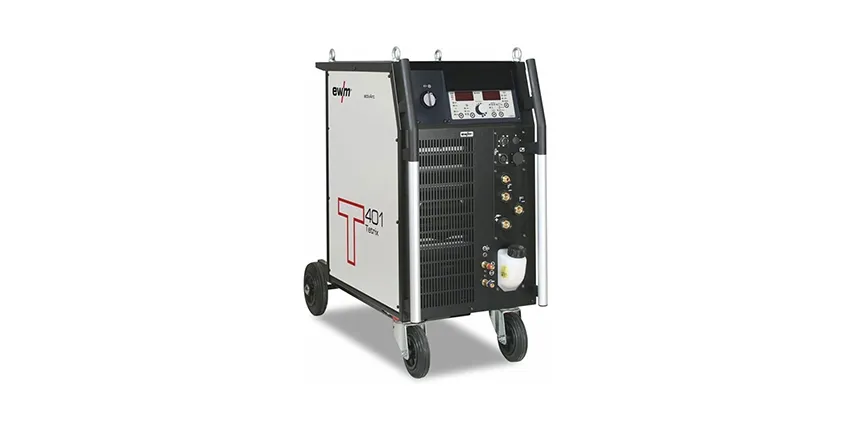TIG Welding Machine Construction
TIG welding machine construction is a precise process that requires proper technical knowledge and high-quality materials. First, core components such as the power source, torch connections, and gas flow control system must be carefully selected. If the connections are secure and insulation is correctly applied during assembly, the welding operation proceeds much more safely.
TIG welding machine construction requires that the compatibility between the torch and electrode system be given top priority. In particular, the electrode holder must be engineered to keep the tungsten electrode stable. Additionally, the valves that regulate gas flow must be finely adjusted to ensure clean, high-quality weld seams. When a power unit that precisely controls welding current and voltage is employed during assembly, welding performance becomes more efficient. As a result, the machine gains the durability required for long-term, continuous use.
Key details to consider for TIG welding machine construction:

What Is a TIG Welding Machine?
A TIG welding machine is a specialised welding system that joins metal materials with precision and cleanliness. This device is widely preferred in applications that require thin and detailed welds.
TIG stands for “Tungsten Inert Gas,” a welding method that uses a tungsten electrode. The construction of a TIG welding machine begins with the correct selection of parts suited to its intended use.
In the TIG welding process, the joint area is fused by an arc generated by the tungsten electrode. Tungsten is a durable material with a high melting point, allowing it to remain intact without melting during welding.
To ensure the arc remains stable, inert gases such as argon gas are generally used. These gases protect the welding area from harmful effects of the atmosphere and prevent oxidation.
For a TIG welding machine to operate effectively, it includes specialised equipment and components:
The component that holds the tungsten electrode and directs it precisely to the welding area.
Regulates welding current to provide more stable and controlled power.
Enables contactless arc initiation between the tungsten electrode and the metal surface.
For long-lasting and efficient performance, all components must work compatibly during TIG welding machine construction.
Unlike conventional arc welding methods, the TIG welding technique leaves the welded area much cleaner and produces aesthetically flawless seams. Additionally, this method can join a variety of metals-such as aluminium, stainless steel, and titanium-with high quality.
TIG welding machines are frequently used in industries such as automotive, aerospace, food, and chemical sectors. Their ability to create reliable, aesthetic, and robust welds makes them invaluable to these fields. Using the correct equipment and technique is a factor that directly affects weld quality.
Frequently Asked Questions
Theoretically, it is possible to build a TIG welding machine at home; however, this process requires advanced technical knowledge. Since issues like electrical safety and gas flow pose serious risks, a professional approach is essential.
Fundamentally, an inverter circuit, torch, heat-resistant electrode, argon cylinder with regulator, power source, and appropriate connection cables are needed. Additionally, mechanical components for the casing and cooling system must be procured.
A tungsten electrode is preferred in this method. Its high melting point ensures it can form a stable arc without melting. Various tungsten alloys are chosen according to the material being welded.
The cooling system, necessary to prevent the torch from overheating during extended welding operations, is usually water-cooled and consists of a pump, water tank, and hoses. Regular inspections are required to ensure proper operation.
TIG welding machine construction can be successfully completed with technical expertise and the right equipment. For professional solutions in this field, get in touch with Eko Kaynak.

